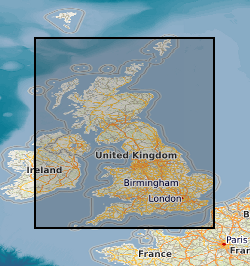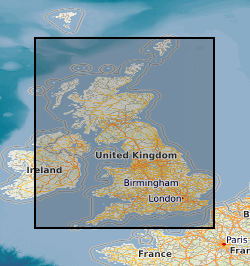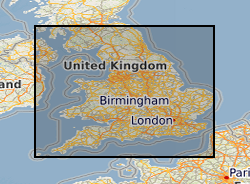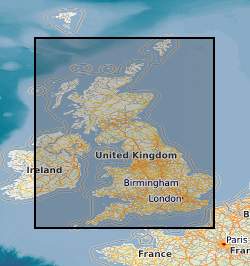Biosphere
Type of resources
Topics
Keywords
Contact for the resource
Provided by
Years
Formats
Update frequencies
-

This website provides interactive access to geospatial isotope data for Great Britain. The site includes isotope data for strontium, oxygen and sulphur distributions across Great Britain. The user can input isotope measurements from a sample and the website will compare it with British data distributions and provide a downloadable map of areas that match the composition of the unknown. The project is rooted in archaeological studies but has applications in the modern world of food traceability.
-

This website provides interactive access to geospatial isotope data for Great Britain. The site includes isotope data for strontium, oxygen and sulphur distributions across Great Britain. The user can input isotope measurements from a sample and the website will compare it with British data distributions and provide a downloadable map of areas that match the composition of the unknown. The project is rooted in archaeological studies but has applications in the modern world of food traceability.
-

This file documents the sulphur isotope data, and the manner in which it has been processed, to supply the reference data for isotope domains of the Isotope biosphere domains GB (V1) map. It includes a summary of the analytical methods used to determine the isotope ratios though time.
-

This file documents the strontium isotope data, and the manner in which it has been processed, to supply the reference data for isotope domains of the Biosphere Isotope Domains GB (V1) map. It includes a summary of the analytical methods used to determine the isotope ratios though time.
-

The data was generated from a range of laboratory experiments where a range of silicate rocks (granite, basalt, peridotite) were crushed in oxygen-free conditions, deoxygenated water added, and the generation of hydrogen gas and hydrogen peroxide followed over a week. Results were compared to rock-free controls. The data was collected to provide insight into the production of oxidants (such as hydrogen peroxide) along tectonically active regions of the subsurface, and how the oxidants might influence subsurface microbiology.
 BGS Data Catalogue
BGS Data Catalogue